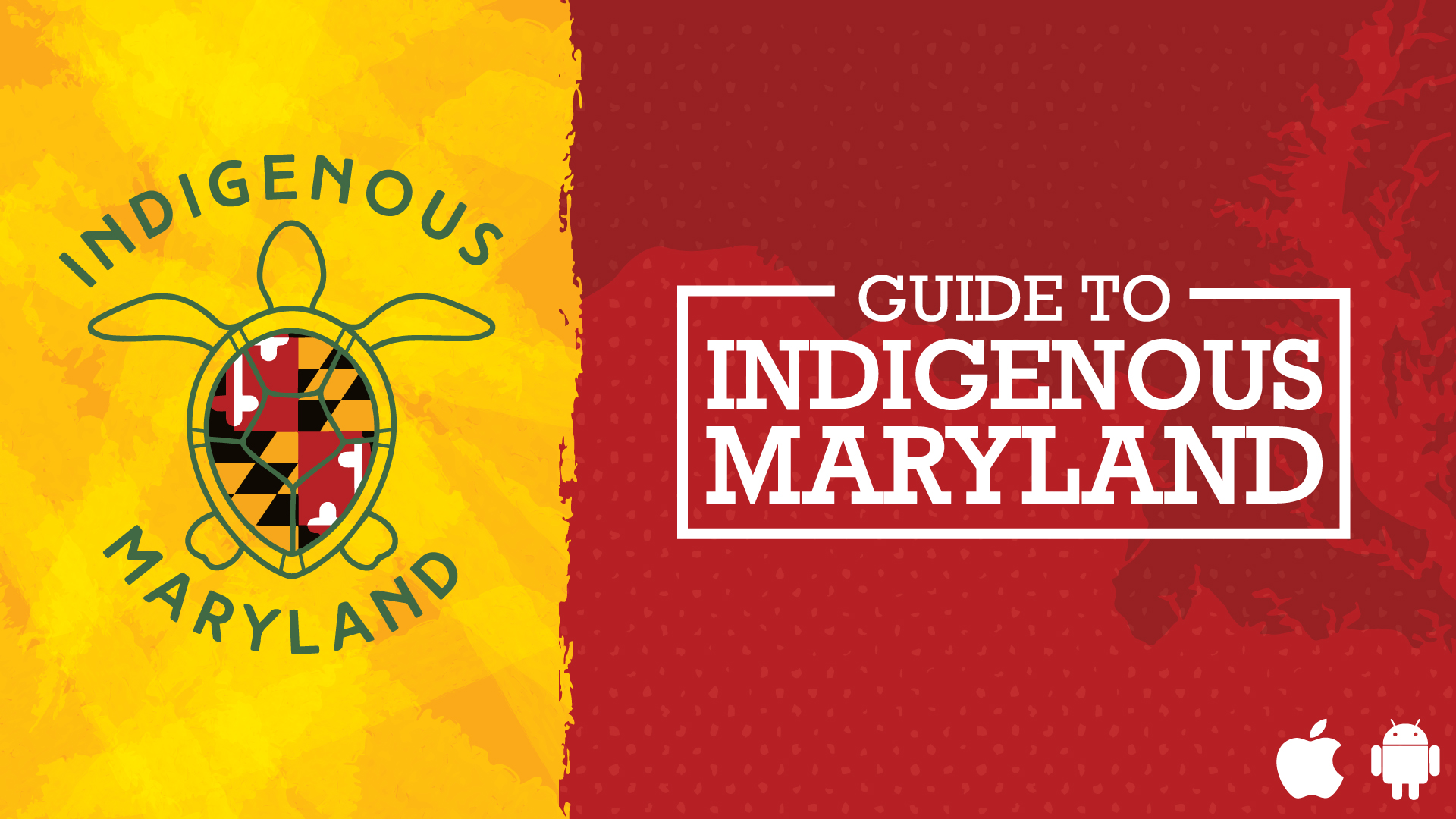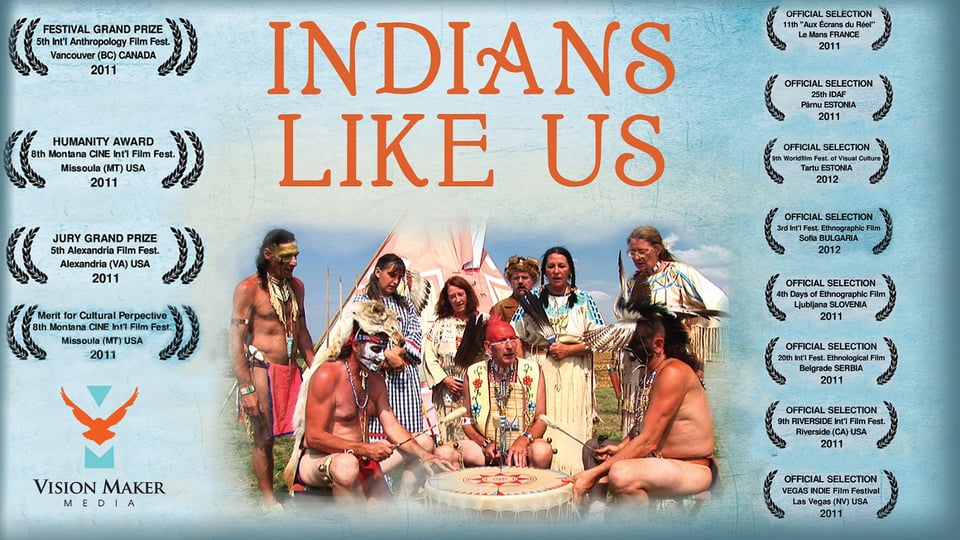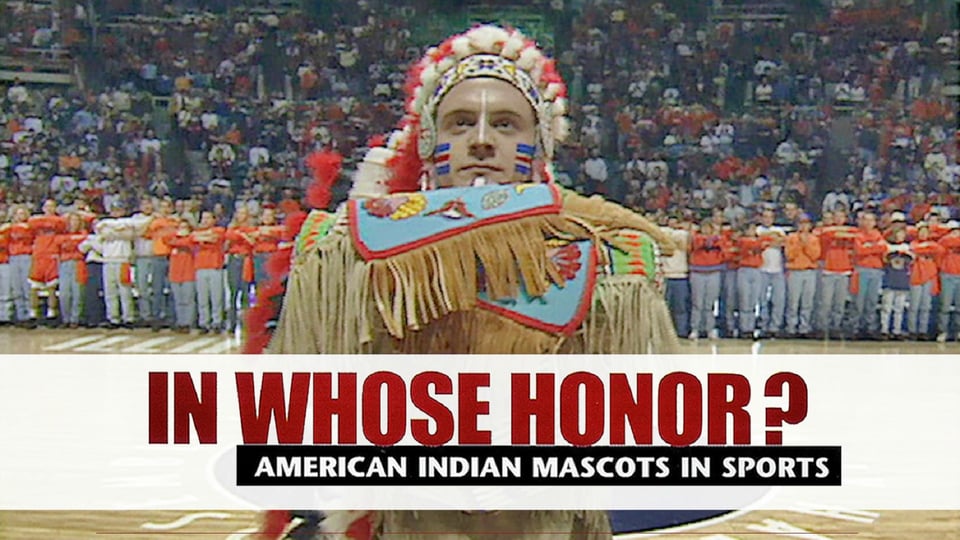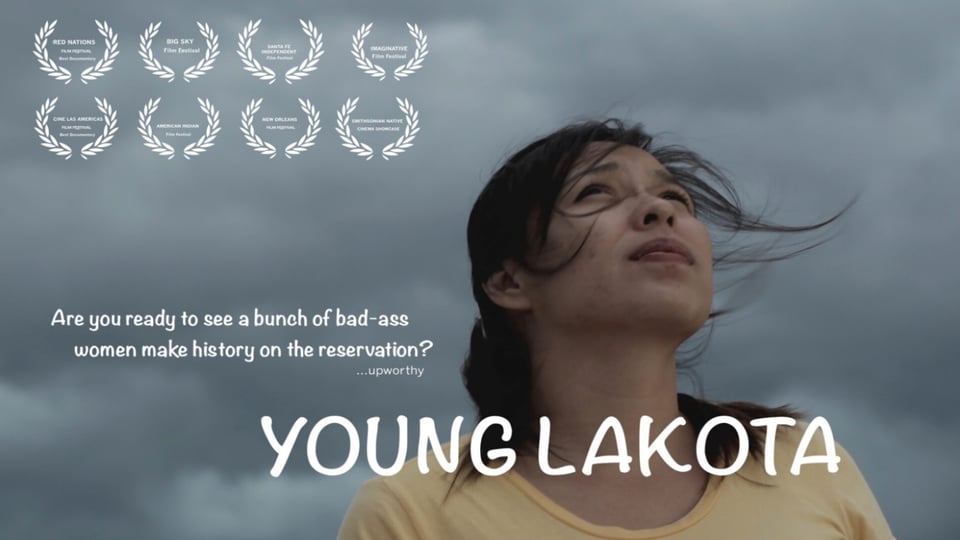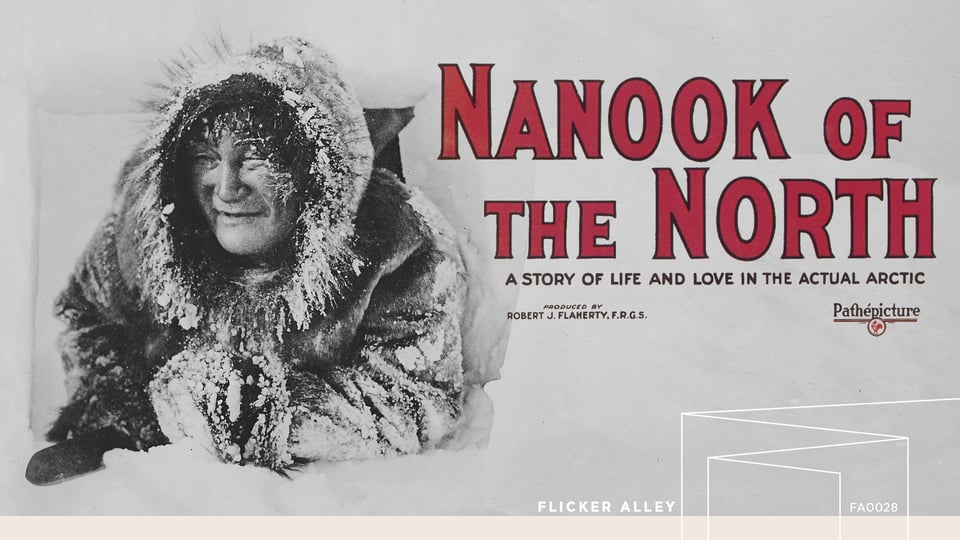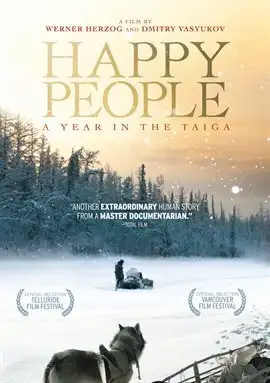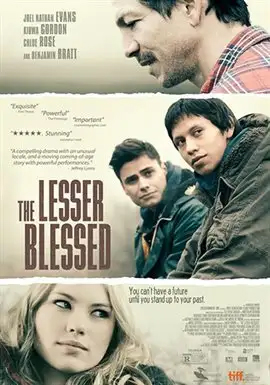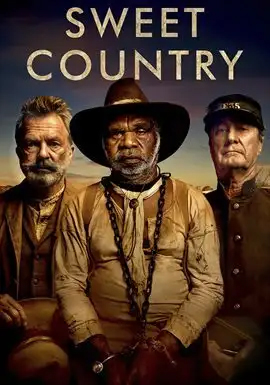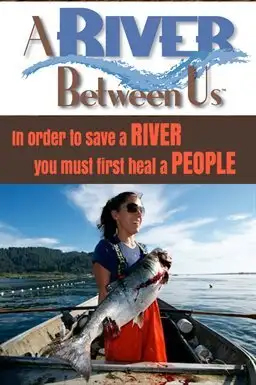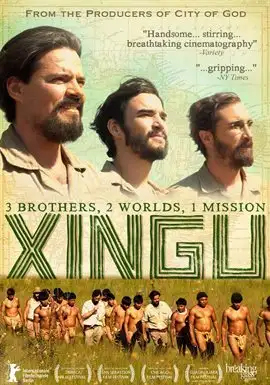Native American and Indigenous Heritage
Welcome to our celebration of the heritage and culture of Native American and Indigenous peoples! Explore our library events, films, short stories, poems, and other print and digital resources, and engage with the rich histories, diverse cultures, and important contributions of Native and Indigenous peoples. We also invite you to reflect on the experiences and aspirations of close to 24,000 Native residents in Prince George’s County and nearly 60,000 American Indians living in Maryland.
Paula Gunn Allen
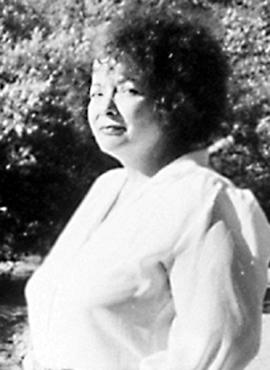
Paula Gunn Allen
As a scholar and literary critic, Paula Gunn Allen (1939-2008) worked to encourage the publication of Native American literature and to educate others about its themes, contexts, and structures. Having stated that her convictions can be traced back to the woman-centered structures of traditional Pueblo society, she was active in American feminist movements and in antiwar and antinuclear organizations until her retirement in the 1990s.
Learn MoreNotah Ryan Begay, III
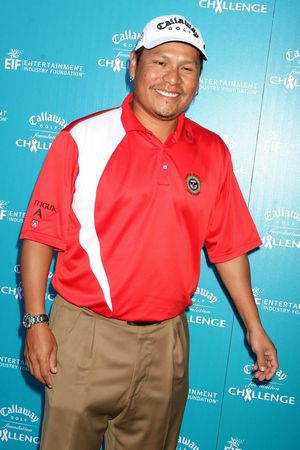
Notah Ryan Begay, III
Notah Begay is the only full-blooded Native American to ever play on the Professional Golf Association (PGA) Tour. A solid golfer, Begay is conscious of his image as a role model for Native American children. One highlight of his young career was being a member of the President's Cup team in 2000. However, a back injury sabotaged his career plans and he is now an analyst for Golf Channel and NBC Sports.
Learn MoreJohnny Bench
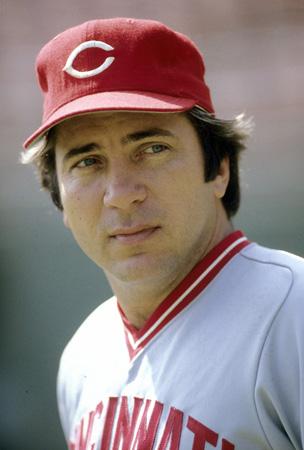
Johnny Bench
The name Johnny Bench is synonymous with baseball catcher. When Bench came on the Major League Baseball scene in 1968 with the Cincinnati Reds, he became the first catcher ever to win the National League Rookie of the Year award by showing fans what a good catcher can be, both behind the plate and at bat. With his keen eyesight, strong throwing arm, great agility, and savvy working relationship with pitchers, Bench was a defensive force who set records for playing a hundred or more games in thirteen consecutive seasons. Although he developed new catching and throwing postures that made him very effective and helped prevent injury, he still played with injuries to his feet, hands, and back. On the other side of the plate, cleanup hitter Bench could muscle the ball into the outfield and over the fence. Bench finished his career in 1983 with a then-record (for a catcher) 389 home runs. All told, Bench was a pivotal cog in the workings of what became known as Cincinnati's Big Red Machine.
Learn MoreSam Bradford
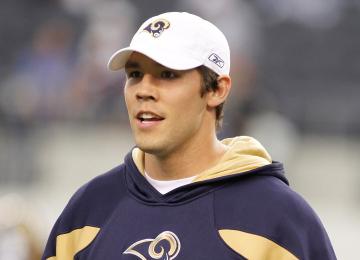
Sam Bradford
The University of Oklahoma recruited Sam Bradford to be a backup quarterback. In 2008, however, Bradford took a back seat to no one as he received the Heisman Trophy as the best college football player in the United States. Bradford, the first Native American to win the trophy in 38 years, also led the Sooners to the national championship game. He was drafted by the St. Louis Rams and became their starting quarterback, but knee injuries in 2013 and 2014 ended both seasons for Bradford.
Learn MoreLouise Erdrich
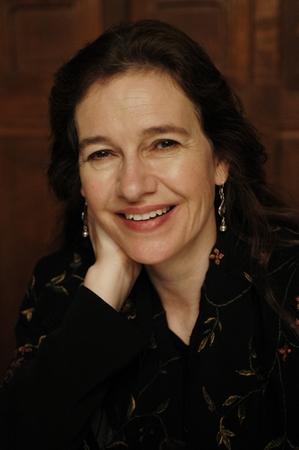
Louise Erdrich
Once named one of People magazine's most beautiful people, Louise Erdrich was a Native American writer with a wide popular appeal as a poet and children's author, as well as a novelist. She was no literary lightweight, however, having been compared to such noted American authors as William Faulkner. She was a finalist for the National Book Award for fiction in 2001 for her book The Last Report on the Miracles at Little No Horse and received the award in 2012 for The Round House.
Learn MoreGraham Greene
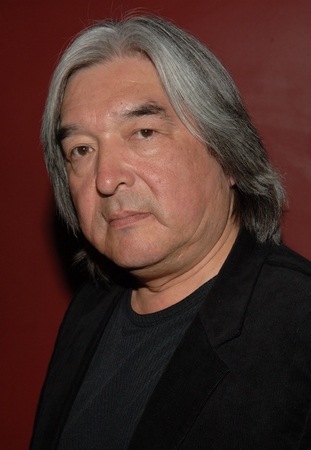
Graham Greene
After achieving fame as Kicking Bird in Kevin Costner's 1990 film Dances with Wolves, actor Graham Greene found himself frequently accosted by admirers. "The other day, some lady came up and said 'I know you must get this all the time, but you look remarkably like that man in Dances with Wolves,'" he told Brian D. Johnson in Maclean's in 1991. "I said: 'Yes, I do get it all the time, and frankly it's annoying. I work at the post office, ma'am.'" Apparently Greene's acting was good enough to convince her.
Learn MoreJoy Harjo

Joy Harjo
Native American Joy Harjo (born 1951) is a multi-faceted writer, artist, and musician. Trained first as a painter, Harjo shifted her attention to poetry during her undergraduate studies at the University of New Mexico. Of Muscogee Creek heritage, Harjo often draws on Native American spirituality and culture in her work, spotlighting feminist concerns and musical themes as well. Harjo has taught at the University of Colorado, the University of Arizona, and the University of New Mexico and has written several television scripts and screenplays. She has been honored with numerous awards and fellowships for her writing and music. She published a memoir, Crazy Brave, in 2013. In 2019, Harjo was named United States Poet Laureate, making her the first Native American to earn the title.
Learn MoreSuzan Shown Harjo

Suzan Shown Harjo
Suzan Shown Harjo (born 1945) is one of the leading Native American activists in the United States. She has raised public awareness about issues of concern to Native Americans by working on legislation to protect their rights, preserve their languages and traditions, reduce their high levels of poverty, alcoholism and unemployment, and safeguard their sacred lands. She fought for nearly 20 years to remove disparaging names from sports teams, most particularly the Washington Redskins.
Learn MoreDiane Humetewa
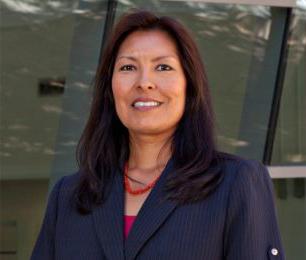
Diane Humetewa
Diane J. Humetewa is an American attorney and professor. In 2013 President Barack Obama nominated Humetewa to serve as a judge on the U.S. District Court for Arizona and in May of 2014 she was confirmed by the Senate. She is the first Native American woman to serve in a federal court. Humetewa previously served as U.S. attorney for the District of Arizona from 2007 to 2009.
Learn MoreWilma Mankiller
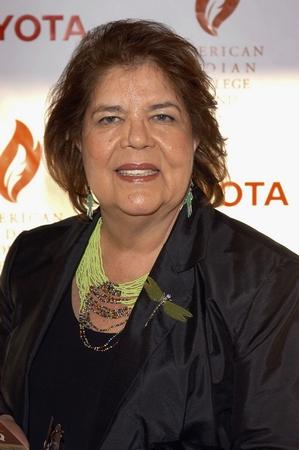
Wilma Mankiller
Wilma Mankiller was the first woman ever to serve as chief of the Cherokee nation. She assumed that post in December 1985, when the tribe's former chief, Ross Swimmer, left to become assistant secretary of the interior for Indian affairs. As deputy principal chief under Swimmer, Mankiller automatically assumed tribal leadership following Swimmer's departure. With 67,000 members, the Cherokees was the second largest Native American tribe at the time of her appointment to chief. Of the approximately five hundred tribes in the United States, less than fifty are headed by women, and none of the other female-led tribes as large as the Cherokee tribe. As chief, Mankiller presided over 45,000 acres of Cherokee land in Oklahoma, the state that has been home to the Cherokee people since 1839. (The Cherokees originally inhabited an area that is now part of six southeastern states, but they were forced by the federal government to relocate to what is now northern Oklahoma.)
Learn MoreRussell Means

Russell Means
Russell Means (born 1939) led the American Indian Movement (AIM) in a 1973 armed seizure of Wounded Knee, South Dakota, site of the previous massacre of Sioux by Seventh U.S. Cavalry troops on December 29, 1890. With co-leaders Dennis Banks and Leonard Peltier, Means and AIM held off hundreds of federal agents on the Pine Ridge Reservation for seventy-one days before their surrender.
Learn MoreN. Scott Momaday
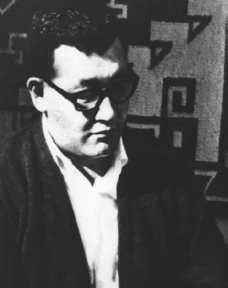
N. Scott Momaday
N. Scott Momaday (born 1934) is recognized as one of the premier writers in the United States. In 1969 his novel House Made of Dawn was awarded the Pulitzer Prize for Fiction. He taught at the university level for many years and even at the age of 80 served as a visiting professor at the University of New Mexico.
Learn MoreMontezuma II, Emperor of Mexico
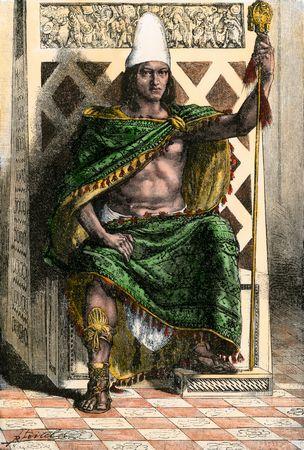
Montezuma II
Montezuma II (1466-1520) was the ninth ruler of the Aztec Empire in present-day Mexico. In the sixteenth century he was seized by the Spanish conquistadores, who used him to control and rule the empire.
Learn MoreWayne Newton
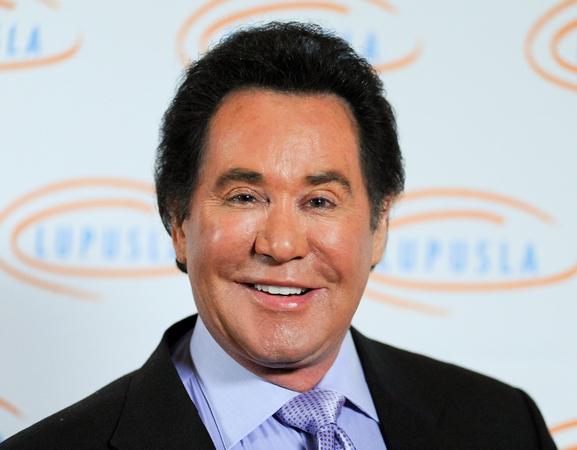
Wayne Newton
"Pound for pound, day for day, Wayne Newton is the highest-paid cabaret entertainer ever," writes Robert Windeler in People magazine. Newton graced the stages of Las Vegas resort casinos for decades, performing two high-energy shows per night, seven nights a week, as many as 40 weeks per year. "Nostalgia fans remember Newton as a pudgy, baby-faced, adenoidal tenor with three big hits: 'Heart,' 'Danke Schoen,' and 'Red Roses for a Blue Lady,'" notes Betsy Carter in Newsweek. "Today, Newton has ... cultivated a silky baritone and outfitted himself in sequined cowboy suits--an image that has earned him the Las Vegas billing of 'The Midnight Idol.'... His mellow blend of pop, rhythm-and-blues, country and rock wins no fewer than five ovations each night from the predominantly middle-aged, Middle American audience." Esquire contributor Ron Rosenbaum observes that Newton "has built an entertainment empire out of what was once a lounge act, transformed himself into a Tom Jones-type sex symbol, [and] become the highest-grossing entertainer in Las Vegas history" because he "has somehow captured and concentrated, become an emblem of, the essence of Vegasness."
Learn MoreElizabeth Peratrovich
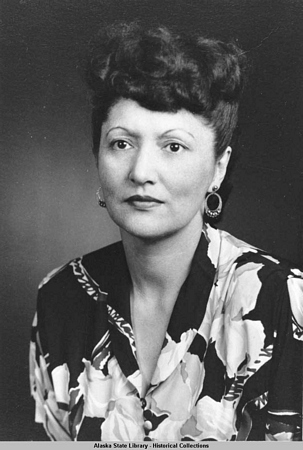
Elizabeth Peratrovich
Elizabeth Peratrovich was an Alaskan native who fought for equal rights in Alaska. She addressed the Alaskan Territorial Senate to chide members who were against an antidiscrimination bill, which passed in 1945. After many years as an activist, Peratrovich died of cancer. Alaskans observe a day dedicated to her memory each February.
Learn MorePowhatan

Powhatan
Powhatan (ca. 1550-1618) was chief of a confederation of Algonquian peoples in Virginia at the time of the British colonization of Jamestown.
Powhatan was the son of a chief reportedly driven from Florida by the Spaniards. Settling in Virginia, the chief soon conquered about five local tribes and confederated them under his leadership. Powhatan inherited this confederacy and continued to conquer other tribes so that, by the time of the colonization of Jamestown, he ruled about 30 tribes made up of some 8,000 people.
Learn MoreRobbie Robertson
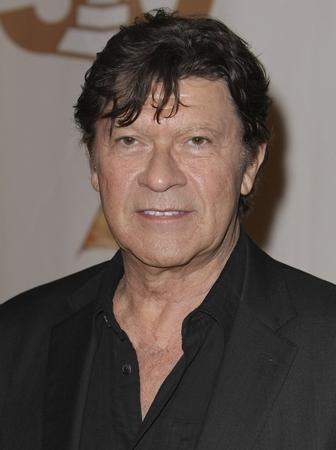
Robbie Robertson
Robbie Robertson became a professional musician in 1959, when he began playing guitar with Ronnie Hawkins and the Hawks in juke joints and dives all across North America. Six years later, before thousands of fans, he was backing Bob Dylan as the folkie was making his transition to electric. By then the Hawks were known simply as the Band and were soon creating their own powerful originals. After another tour with Dylan, the Band decided to call it quits in 1976 and Robertson began working in movies, both acting and scoring soundtracks, while remaining relatively behind the scenes for nearly a decade. In 1987 he released his first solo LP, proving that his songwriting and guitar abilities were stronger than ever. The Band was inducted into the Canadian Walk of Fame in 2014. Robertson, one of two surviving members at the time, accepted the honor in his home country.
Learn MoreWill Rogers
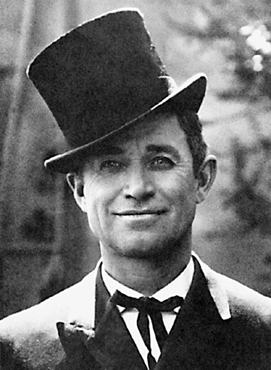
Will Rogers
One of the most celebrated humorists and public figures of his day, Will Rogers (1879-1935) offered dry, whimsical commentaries on a plethora of political, social, and economic issues. His aphoristic, satirical observations, which he voiced in magazine articles and nationally syndicated columns, revealed the foibles and injustices of American society and reaffirmed the humorist's role as the voice of the "average" citizen.
Learn MoreBuffy Sainte-Marie
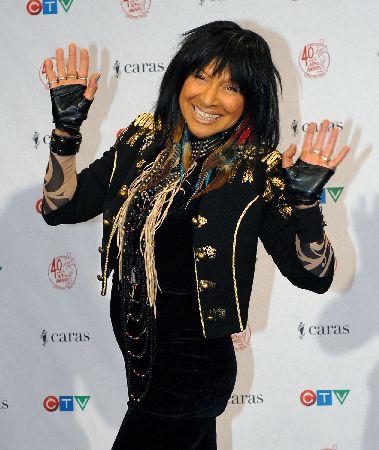
Buffy Sainte-Marie
One of the most striking voices of the contemporary folk music movement of the 1960s, Buffy Sainte-Marie has enjoyed a career far broader than the "protest singer" category into which she has sometimes been placed. She has written and lectured on Native American affairs, written poetry and screenplays, and composed film scores, as well as writing, recording, and performing songs in styles ranging from folk to rock and from art song to electronic music. But while she has become known for love songs like "Until It's Time for You to Go," Sainte-Marie has never abandoned the social and political concerns that marked her early work. And though she resists the label of "protest song," she admitted to Paul Sexton of Billboard, "The only reason I ever became a singer in the first place was because I had something to say." She still had something to say in 2015 when she released her album Power in the Blood.
Learn MoreLeslie Marmon Silko
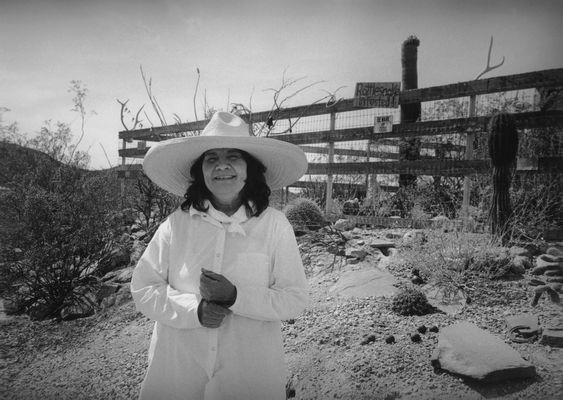
Leslie Marmon Silko
Leslie Silko (born 1948) is one of the foremost authors to emerge from the Native American literary renaissance of the 1970s. She blends western literary forms with the oral traditions of her Laguna Pueblo heritage to communicate Native American concepts concerning time, nature, and spirituality and their relevance in the contemporary world.
Learn MoreWes Studi
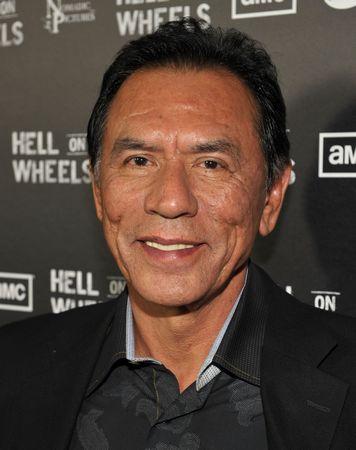
Wes Studi
Wes Studi got a relatively late start as a film star. He was about 44 when he landed his first movie. Prior to that career move, the Native American performer had compiled a list of real-life credits that included soldier, reporter and activist. He has gone on to log an array of film appearances in a variety of genres.
Learn MoreMaria Tallchief

Maria Tallchief
Maria Tallchief (born 1925) was a world-renowned ballerina and one of the premiere American ballerinas of all time. She was the first American to dance at the Paris Opera and has danced with the Paris Opera Ballet, the Ballet Russe, and with the Balanchine Ballet Society (New York City Ballet). Tallchief passed away in April of 2013 at the age of 88.
Learn MoreJim Thorpe
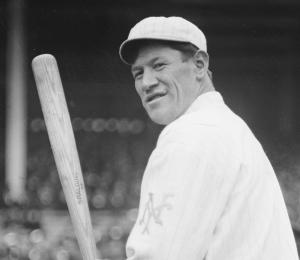
Jim Thorpe
American track star and professional football and baseball player Jim Thorpe (1888-1953) was the hero of the 1912 Olympic Games in Stockholm, only to have his gold medals taken from him for professionalism.
James Francis Thorpe (Native American name, Wa-tho-huck or Bright Path) was born south of Bellemonta, near Prague, Oklahoma, on May 28, 1888, the son of Hiran P. Thorpe of Irish and Sac and Fox Indian extraction and Charlotte View of Potowatomi and Kickapoo extraction. Raised with a twin brother, Charlie, on a farm, Thorpe first attended the Sac and Fox Indian Agency school near Tecumseh, Oklahoma, before being sent to the Haskell Indian School near Lawrence, Kansas, in 1898.
Learn MoreGertrude Simmons Bonnin (Zitkala-Sa)
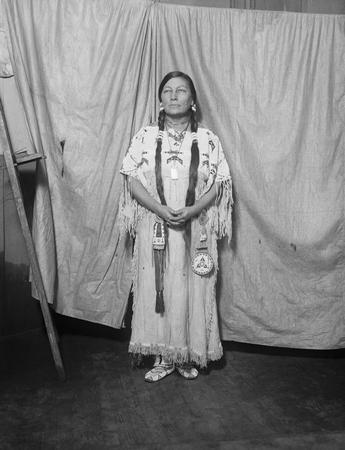
Gertrude Simmons Bonnin (Zitkala-Sa)
Native American activist and writer of the Sioux tribe Gertrude Simmons Bonnin (1876-1938) was prominent in the Pan-Indian movement of the 1920s and 1930s. She devoted her life to lobbying for the rights of Native Americans.
One of the most outspoken voices raised on behalf of Native Americans during the early twentieth century was that of Gertrude Simmons Bonnin, a granddaughter of the famous Sioux chief Sitting Bull. As a writer, she produced a number of essays and short stories that established her as a significant figure in Native American literature. Her enduring legacy, however, is that of a reformer and activist devoted to improving the lives of Native Americans both on and off the reservation. Calling upon her skills as an orator, Bonnin made numerous appearances before government officials in Washington and ordinary citizens throughout the nation to draw attention to the plight of Native Americans trapped in poverty and despair.
Learn More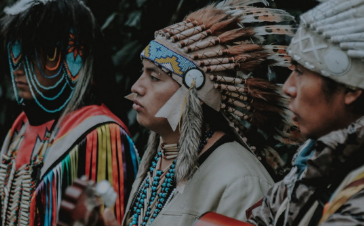 In the United States, the celebration of the history, culture, and traditions of American Indians gained official national recognition when President Ronald Reagan declared November 23-30 as Native American Heritage Week in 1986, and President George H.W. Bush dedicated the entire month of November as National American Indian Heritage Month in 1990. Since 2008, the State of Maryland also celebrates the American Indian Heritage Day on the fourth Friday of November, the day following Thanksgiving, and honors the ongoing relationship that it has with the American Indian community.
In the United States, the celebration of the history, culture, and traditions of American Indians gained official national recognition when President Ronald Reagan declared November 23-30 as Native American Heritage Week in 1986, and President George H.W. Bush dedicated the entire month of November as National American Indian Heritage Month in 1990. Since 2008, the State of Maryland also celebrates the American Indian Heritage Day on the fourth Friday of November, the day following Thanksgiving, and honors the ongoing relationship that it has with the American Indian community.
Beginning in 2020, our library system also wishes to commemorate the first Native American Day in Prince George’s County. In 2019, the County’s Legislative Branch stated the following: “The native and indigenous peoples of Prince George's County and the United States have significantly contributed to the rich fabric of history and culture we celebrate in our communities and should be rightly recognized. Whether it is the Piscataway-Conoy tribe in the County, or the many Native American tribes indigenous to every region of our nation, recognizing their place as the 'First Americans' is long overdue.” Renaming Columbus Day to Native American Day was celebrated in Prince George’s County for the first time on October 12, 2020.
Therefore, as residents of Prince George’s County, we would like to acknowledge that we gather on the traditional lands of the Mattapanient, the Patuxent, the Piscataway, the Moyaone, the Pamunkey, and the past and present, and honor with gratitude the land itself and the people who have stewarded it throughout the generations. This calls us to commit to continuing to learn how to be better stewards of the land we inhabit as well.
- Baltimore Yearly Meeting Indian Affairs Committee. (2017). Contemporary Native Peoples of Maryland. Information Compiled by the Baltimore Yearly Meeting Indian Affairs Committee. Retrieved September 10, 2020, from https://www.bym-rsf.org/what_we_do/committees/indian/
- Maryland State Governor’s Office of Community Initiatives. (November 24, 2017). Governor’s Office of Community Initiatives, Maryland Commission on Indian Affairs, Baltimore American Indian Center and Port Discovery Partner to Host American Indian Heritage Day Celebration. Retrieved September 10, 2020, from https://goci.maryland.gov/2017/11/24/american-indian-heritage-day-celebration/
- Maryland State Archives. (August 5, 2020). Maryland Manual On-Line: A Guide to Maryland and its Government: Native Americans. Retrieved September 10, 2020, from https://msa.maryland.gov/msa/mdmanual/01glance/native/html/01native.html
- National Archives (November 7, 2019). Native American Heritage Month. Retrieved September 10, 2020, from https://www.archives.gov/news/topics/native-american-heritage-month
- Prince George’s County Council (October 11, 2019). County Council to Recognize Second Monday in October as “Native American Day” Beginning 2020. Retrieved September 10, 2020, from https://pgccouncil.us/CivicAlerts.aspx?AID=682&ARC=950
- Prince George's County Health Zone (January, 2021) American Indian/Alaskan Native Population. Retrieved October 14, 2021, from http://www.pgchealthzone.org/demographicdata/index/view?id=1503&localeTypeId=1
Events
Important Dates In Native American History
20,000 B.C.E.
People crossed and inhabited the Bering Land Bridge, which connected Asia and North America before sea levels rose to make the crossing by boat necessary
1000 C.E.
The Thule culture thrives in the arctic using whale skin boats and dog sleds for transportation.
800 C.E.
Mississippian Mound Building culture begins, lasting into the 1500s.
1000-1400 C.E.
Vikings arrived and explore parts of North America encountering Native peoples they refer to as “Skraelings”.
1450
Iroquois League (Haudenosaunee) of the Cayuga, Mohawk, Oneida, Onondaga, and Seneca is formed, making a powerful alliance.
1492
Christopher Columbus arrives in the Americas, taking Native prisoners and establishing a precedent for European colonization practices.
1540
Hernando de Soto arrives in the present-day Southeast United States, bringing violence and disease to the area.
1550s
The Creek Confederacy forms, consisting of the Creek, Hitchiti and Alabama tribes.
1600s
tribes across the Great Plains acquire horses, helping shape their culture.
1614
Pocahontas, the daughter of a Powhatan chief is kidnapped by the English in a prisoner exchange.
1754
The French and Indian Wars begins, in which British American colonists fought against colonists of New France, with both sides supported by their parent countries and Native tribes.
1821
Sequoyah’s finishes his syllabary, a writing system for his native Cherokee language.
1824
The Bureau of Indian Affairs is formed.
1830
Congress passes and President Andrew Jackson signs The Indian Removal Act is passed, starting the long term displacement of Native peoples in the Northeast to Oklahoma territory.
1831-1838
The brutal forced migrations of Native tribes take place, in which many Natives and slaves perish on their way to Indian Territory. This process comes to be known as the Trail of Tears.
1876
The Battle of Little Bighorn, in which Lakota leaders Sitting Bull and Crazy Horse lead a victorious Native force to resist US encroachment into the Black Hills.
1862
The Homestead Act opens up the west to white settlers, allowing homesteaders to claim tribal land.
1864
The Sand Creek Massacre takes place, in which the US Army surprises and kills 150 Cheyenne and Arapaho, mostly women and children.
1867
The United States buys Alaska from Russia, and eventually instate residential schools in the territory.
1887
The Dawes General Allotment Act breaks up tribal reservation land into family-owned allotment. This led to many impoverished Natives selling of their land and eventually led to the loss of 90 million acres of land.
1890
The spiritual movement called the Ghost Dance begins, eventually garnering negative attention from the U.S. government.
1890
U.S. troops attack a camp at Wounded Knee Massacre in an attempt to stop the Ghost Dance resulting in the deaths of more than 250 members of the Lakota tribe.
1912
Jim Thorpe (Sac and Fox) becomes the first Native American to medal in the Olympics.
1916
New York celebrates American Indian Day, the first state to do so.
1918
Choctaw soldiers use their language as a secret code during WWI for the United States Army, becoming known as the Code Talkers.
1924
The Indian Citizenship Act grants US citizenships to all Native Americans born in the United States, though voting rights are not given.
1929
Charles Curtis, a Native of mixed descent becomes Vice President, after serving in both the House of Representatives and the Senate.
1934
Indian Reorganization Act reduces federal interference in Indian Affairs and restores key powers to tribal governments.
1944
The National Congress of Native Americans is founded.
1940's - 1960's
A series of US government policies referred to as the Termination Policy removes recognition and support from tribes and instead encourages complete assimilation of individuals with Native American heritage.
1968
American Indian Movement begins at an intertribal meeting in Minnesota.
1971
Alaska Native Claims Settlement Act come into effect, giving money and land rights to local Native groups.
1975
Indian Self-Determination Act reversed strategies of termination and gave tribes more opportunities for financial support over time with less oversight.
1978
Members of the American Indian Movement lead the Longest Walk, a spiritual journey and protest march for tribal sovereignty.
1987
Wilma Mankiller is elected the first female president of the Cherokee Nation.
1990
“Two Spirit” is adopted as an appropriate label to describe difference in sexual and gender identities in Native Communities.
2000
U.S. Mint issues a dollar coin with the imagine of Sacagawea.
2002
John Bennett Herrington (Chickasaw) becomes the first in space enrolled member of a Native American tribe to travel in space.
2008
the Coquille Indian Tribe becomes the first Indian tribe to publicly enact marriage equality policies.
2009
President Obama signs Native American Apology Resolution.
2012
The Idle No More Movement led by Canadian Indigenous women influences Indigenous environmental protection protests across North America.
2012
#NoDAPL protest begins at Standing Rock Reservation to protest the new pipeline proposal.
2020
The Washington football team begins official talks to change their name and remove slur and associated imagery from their uniforms.
2020
First Native American Day is celebrated in lieu of Columbus Day on Oct 12 in Prince George’s County.
2021
The Cleveland Indians announce that they will change their name to Guardians to discontinue use of outmoded language, a move supported by Native groups.
Work Cited:
Wells, A. (2018). Native American Heritage Timeline 20th – 21st Century. Retrieved October 02, 2020, from https://www.edi.nih.gov/blog/communities/native-american-heritage-timeline-20th-%E2%80%93-21st-century
O'Brien, C. (Ed.). (2019). Encyclopedia of American Indian History & Culture: Stories, Time Lines, Maps, and More. Washington, DC: National Geographic.
Bios: Strong Medicine speaks- Native American elder has her say: An oral history. BIO STRONG
Black Elk: The life of an American Visionary. BIO BLACK ELK
Code Talker: BIO NEZ
You don’t have to say you love me: A memoir BIO ALEXIE
Kanopy Streaming Video
Kanopy
Kanopy is an online video streaming platform with 26,000 movies, doh2cumentaries, and indie and foreign films from over hundreds of producers including The Criterion Collection, The Great Courses, Kino Lorber, PBS, and thousands of independent filmmakers. Users are limited to 10 videos streamed every month.

Black Indians: An American Story (2002)
Online Resource: Kanopy (also available as a DVD)
"Black Indians: An American Story", narrated by James Earl Jones with music by the Neville Brothers, brings to light a forgotten part of America's past - the cultural and racial fusion of Native and African Americans. Many notable Black Indians include Crispus Attucks, Frederick Douglass, Langston Hughes, Tina Turner, Jesse Jackson, and, of course, James Earl Jones, a member of the Cherokee Honor Society. From the Atlantic Seaboard to the Western Plains, family memories and historical highlights reveal the indelible mark of this unique ancestry, and its continuing influence throughout the generations.
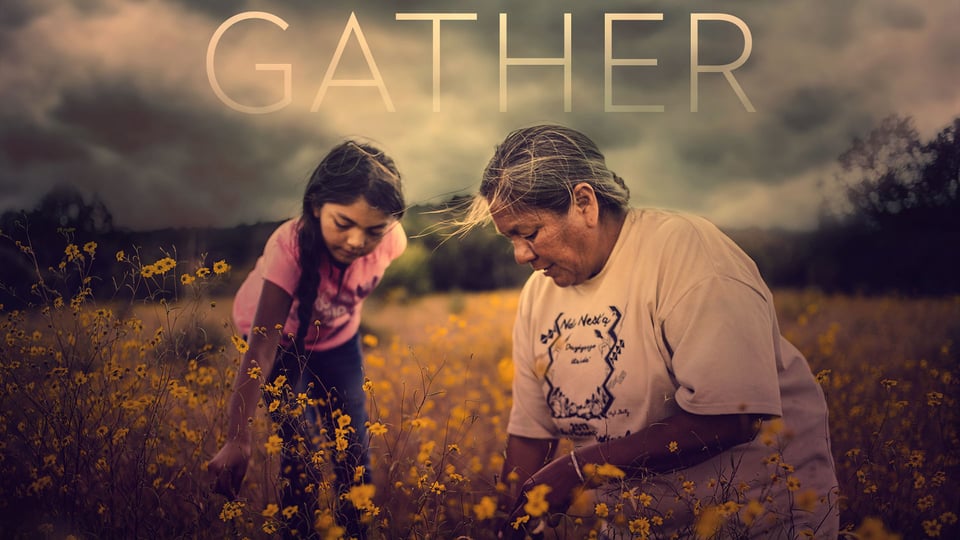
Gather (2020)
Trailer; Website with a variety of resources
Gather is an intimate portrait of the growing movement amongst Native Americans to reclaim their spiritual, political, and cultural identities through food sovereignty while battling the trauma of centuries of genocide.
Indians Like Us, 2013
Every weekend, a small group of French citizens dress up in Native regalia and make appearances at various village fairs alongside their countrymen in France. However, in order to fulfill their dream, they must travel to the United States and meet "real Indians." Together, they finally manage a two-week drive across the Midwest and discover that the reality of contemporary Native Americans is quite different from their portrayed envisioning. Filled with unforeseen emotion, their road movie visits Pine Ridge, Wounded Knee, and Little Big Horn, and along the way, it captures surreal and enlightening encounters on both sides.
In Whose Honor? American Indian Mascots in Sports, 1997
What's wrong with American Indian sports mascots? This moving, award-winning film is the first of its kind to address that subject. IN WHOSE HONOR? takes a critical look at the long-running practice of "honoring" American Indians as mascots and nicknames in sports.
Young Lakota: A Native American Leader Fights for Reproductive Rights, 2013
In this award-winning documentary, Cecilia Fire Thunder- the first female President of the Oglala Sioux tribe, defies a proposed South Dakota law criminalizing all abortions, with no exceptions for rape or incest, by threatening to build a women's clinic on the sovereign territory of the reservation. She ignites a political firestorm that sets off a chain reaction in the lives of three young Lakotas on the Pine Ridge Reservation, forcing each of them to make choices that define who they are and the kind of adults they will become.
Nanook of the North, 1922
Robert Flaherty made this wonderful film of Inuit life following six years as an Artic explorer for the Canadian Northern Railway.
- Paula Gunn Allen
- Notah Ryan Begay, III
- Johnny Bench
- Black Hawk
- Sam Bradford
- Ben Nighthorse Campbell
- Chief Joseph
- Cochise
- Crazy Horse
- Charles Brent Curtis
- Louise Erdrich
- Geronimo
- Graham Greene
- Handsome Lake
- Joy Harjo
- Suzan Shown Harjo
- Hiawatha
- Diane Humetewa
- Wilma Mankiller
- Russell Means
- N. Scott Momaday
- Montezuma II, Emperor of Mexico
- Wayne Newton
- Quanah Parker
- Leonard Peltier
- Elizabeth Peratrovich
- Susan La Flesche Picotte
- Pocahontas
- Pontiac
- Powhatan
- Chief Red Cloud
- Robbie Robertson
- Will Rogers
- Sacagawea
- Buffy Sainte-Marie
- Sequoyah
- Leslie Marmon Silko
- Sitting Bull
- Squanto
- Wes Studi
- Maria Tallchief
- Tecumseh
- Saint Kateri Tekakwitha
- Tenskwatawa
- Jim Thorpe
- Hulleah Tsinhnahjinnie
- Shania Twain
- Sarah Winnemucca
- Gertrude Simmons Bonnin (Zitkala-Sa)
- What indigenous land are you on? Text the name of a city and state to 907-312-5085 and you will get a reply with the name of the tribe that lived there. (Article about this: https://lifehacker.com/discover-what-indigenous-land-you-re-on-with-this-app-1844750369 Data comes from https://native-land.ca/, which has mapped most of North America.)
- Bureau of Indian Affairs www.bia.gov - (855) 917-5263
- National Museum of the American Indian: https://americanindian.si.edu/
- National Park Service: https://www.nps.gov/cajo/learn/historyculture/american-indian-tribes-today.htm
- Native and Indigenous Heritage Locator Tool
- Maryland Commission on Indian Affairs: https://goci.maryland.gov/maryland-commission-on-indian-affairs/
- MAYIS - Indigenous Records Guide of the Maryland State Archives: https://mayis.msa.maryland.gov/Pages/home.html
- National Film Board of Canada; Indigenous Cinema: https://www.nfb.ca/indigenous-cinema/?&film_lang=en&sort=year:desc,title&year=1917..2018
Hoopla Streaming Video
Hoopla Digital
Hoopla offers thousands of movies, television shows, and music albums. Borrow up to 6 titles per month for free with your PGCMLS library card.





